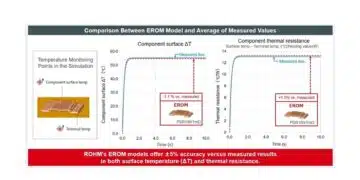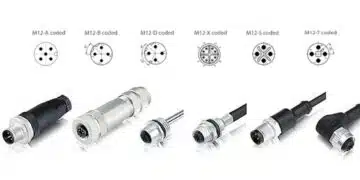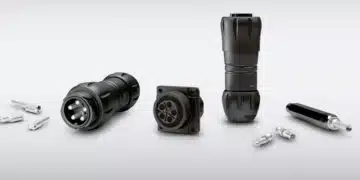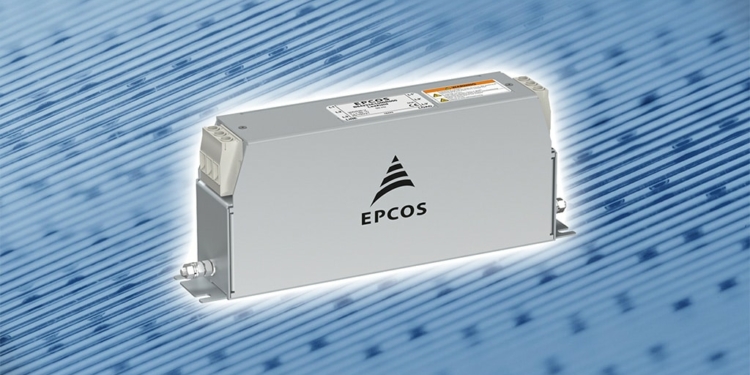Source: TDK news
TDK Corporation announces that it has reengineered and improved the EPCOS LeaXield™ active leakage current filter, a unique solution that is able to minimize earth leakage currents in converter-based drive systems. LeaXield is designed for applications in variable-speed drives such as those in machine tools, pumps, compressors, conveyance systems, and other pluggable devices. In these systems aggregate earth leakage currents can cause RCDs (residual current devices) to trip at their threshold. As a result, RCDs are either not usable or only with substantial additional outlay.
LeaXield is available for load currents of up to 50 A at a rated frequency of 50/60 Hz and phase-to-phase voltages of up to 520 V AC. The active leakage current filter is connected between the RCD and the EMC input filter of the converter in industry-standard three-phase TN power grids and does not require an additional power supply. LeaXield can be utilized for earth leakage currents of up to 1 A and can effectively compensate leakage currents over a wide spectral range from 150 Hz to approximately 30 kHz.
LeaXield couples a 180° phase-shifted current with identical amplitude to the leakage current to the respective phases and feeds it back to the source. This prevents the leakage currents from flowing through the RCD and tripping it unintentionally, thus increasing plant availability.
Thanks to its compact design, the LeaXield is also well-suited for retrofitting existing installations. As no external power supply is required and installation outlay is minimal.
Main applications
- Converter-based variable-speed drives
- Pluggable devices
Main features and benefits
- Minimization of earth leakage currents up to 1 A
- High leakage current compensation in the frequency range of 150 Hz to approximately 30 kHz
- Compact design
- Minimal installation outlay, no external power supply required
- Increased plant availability
































